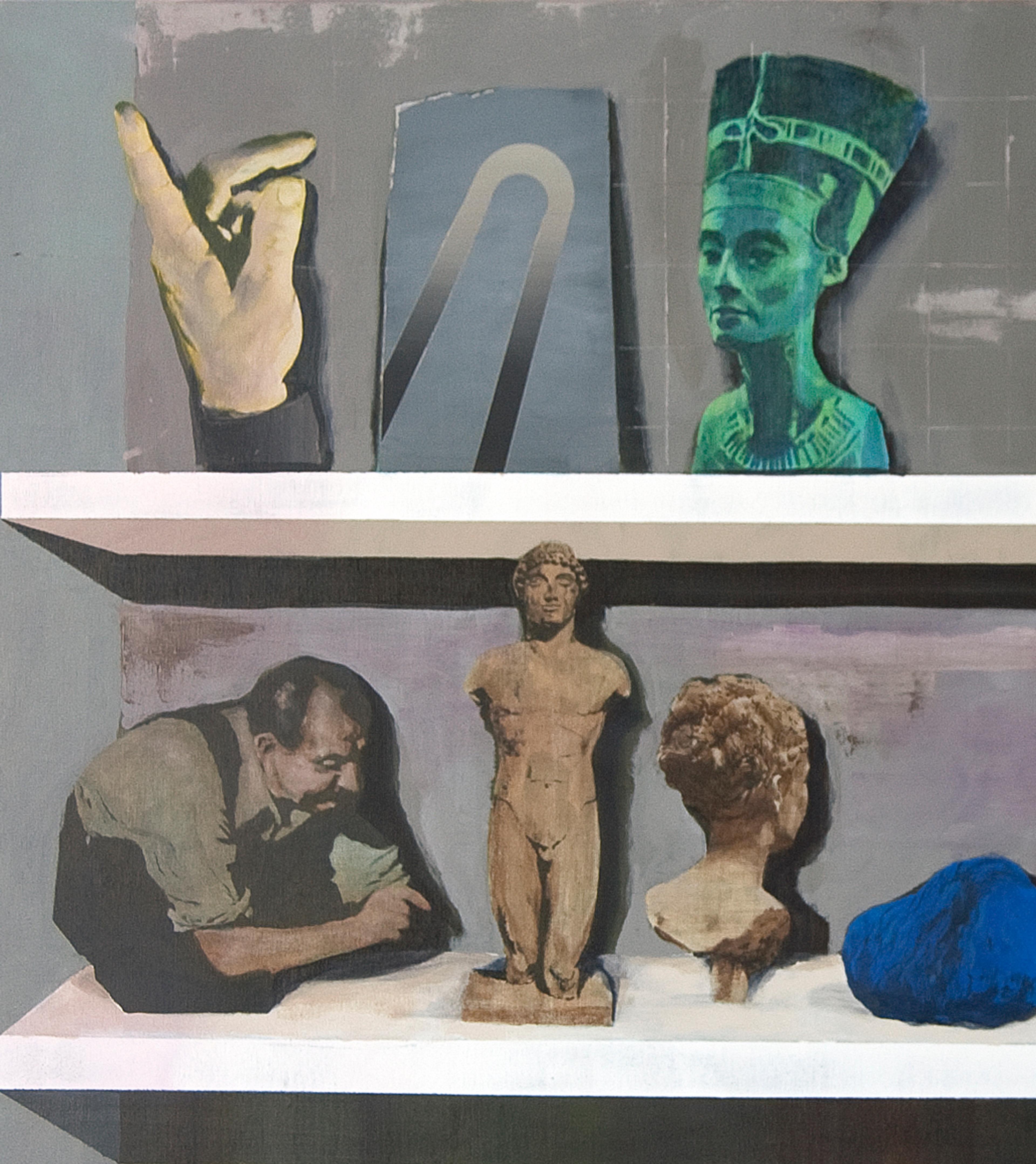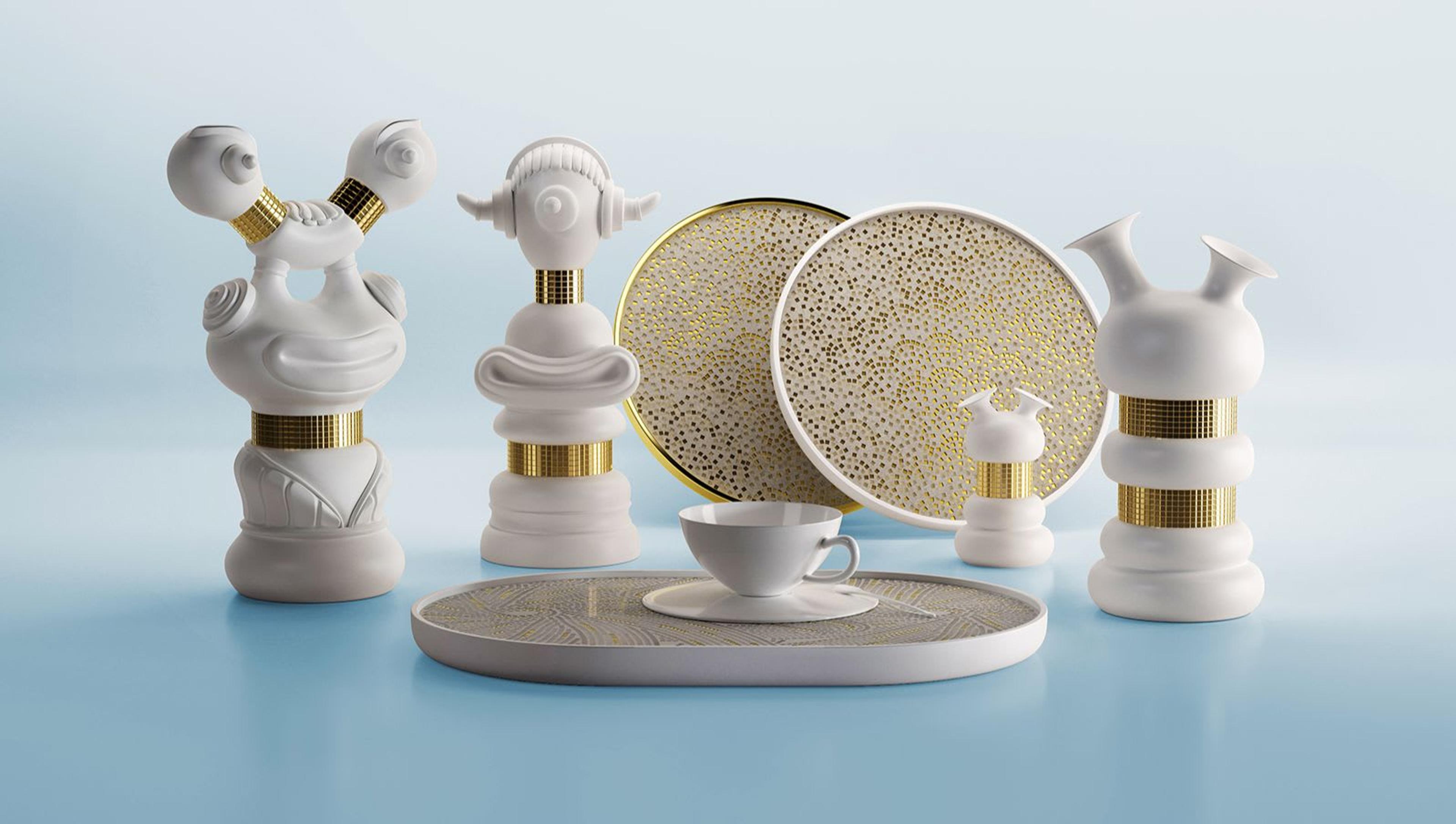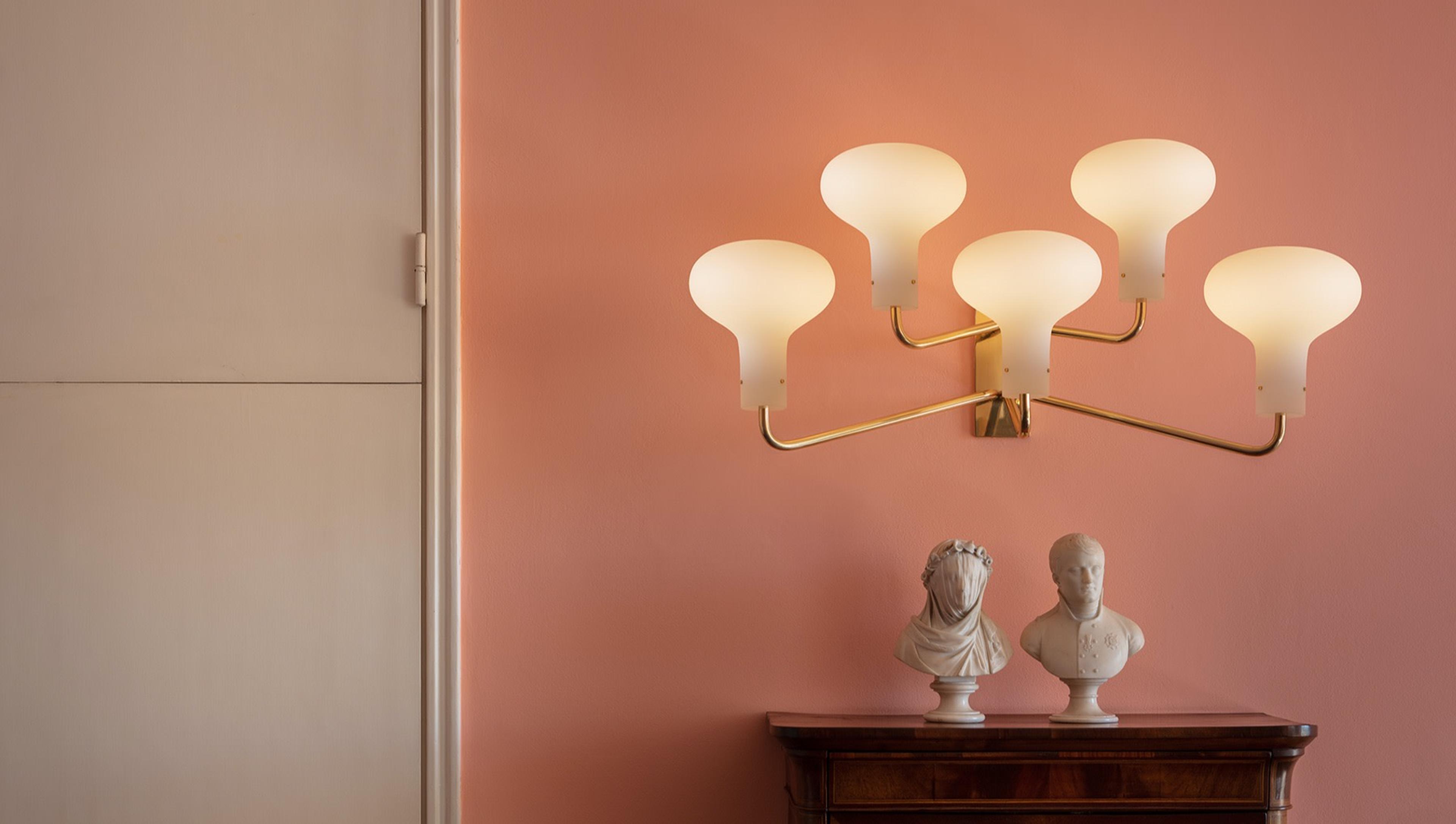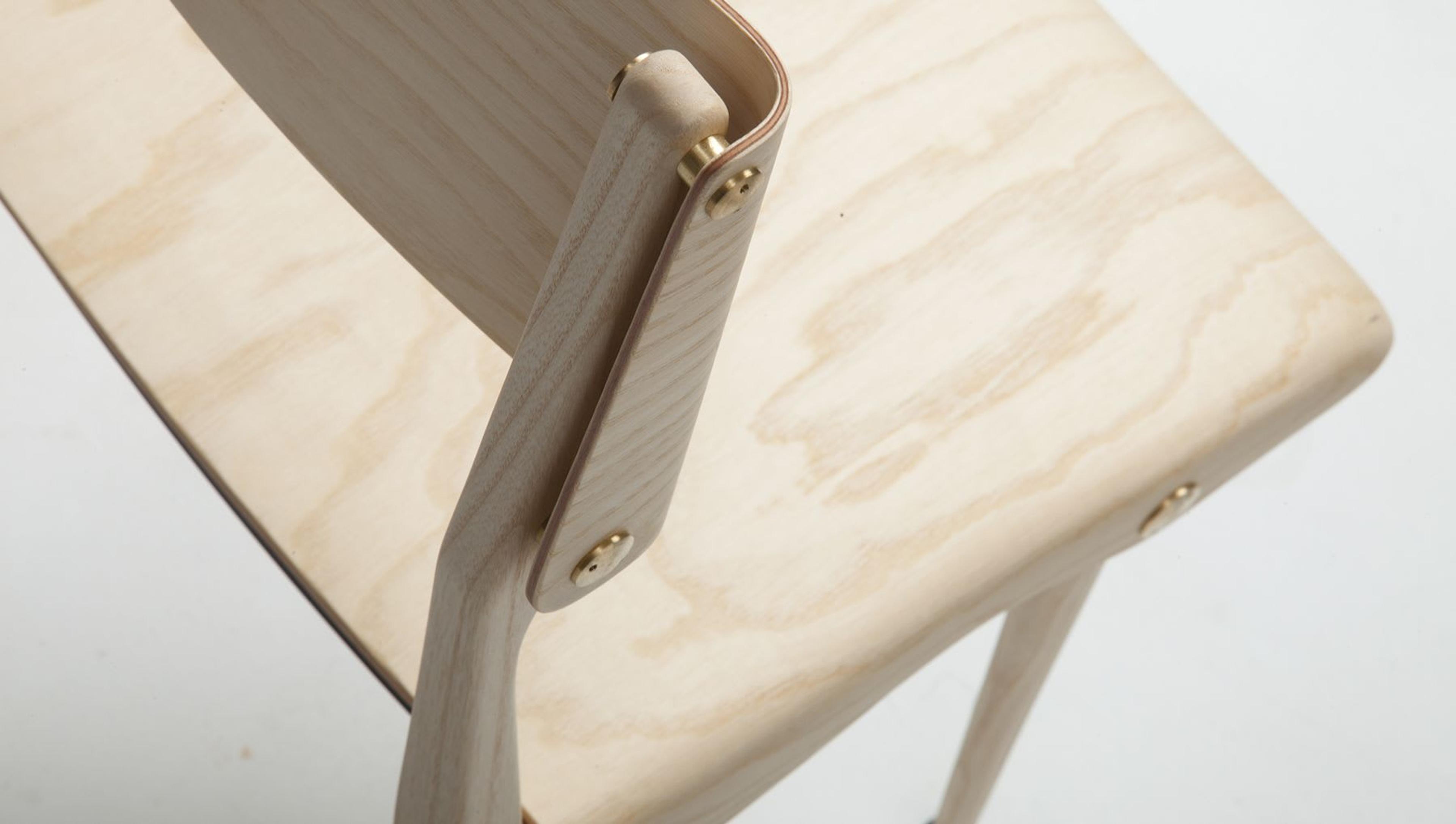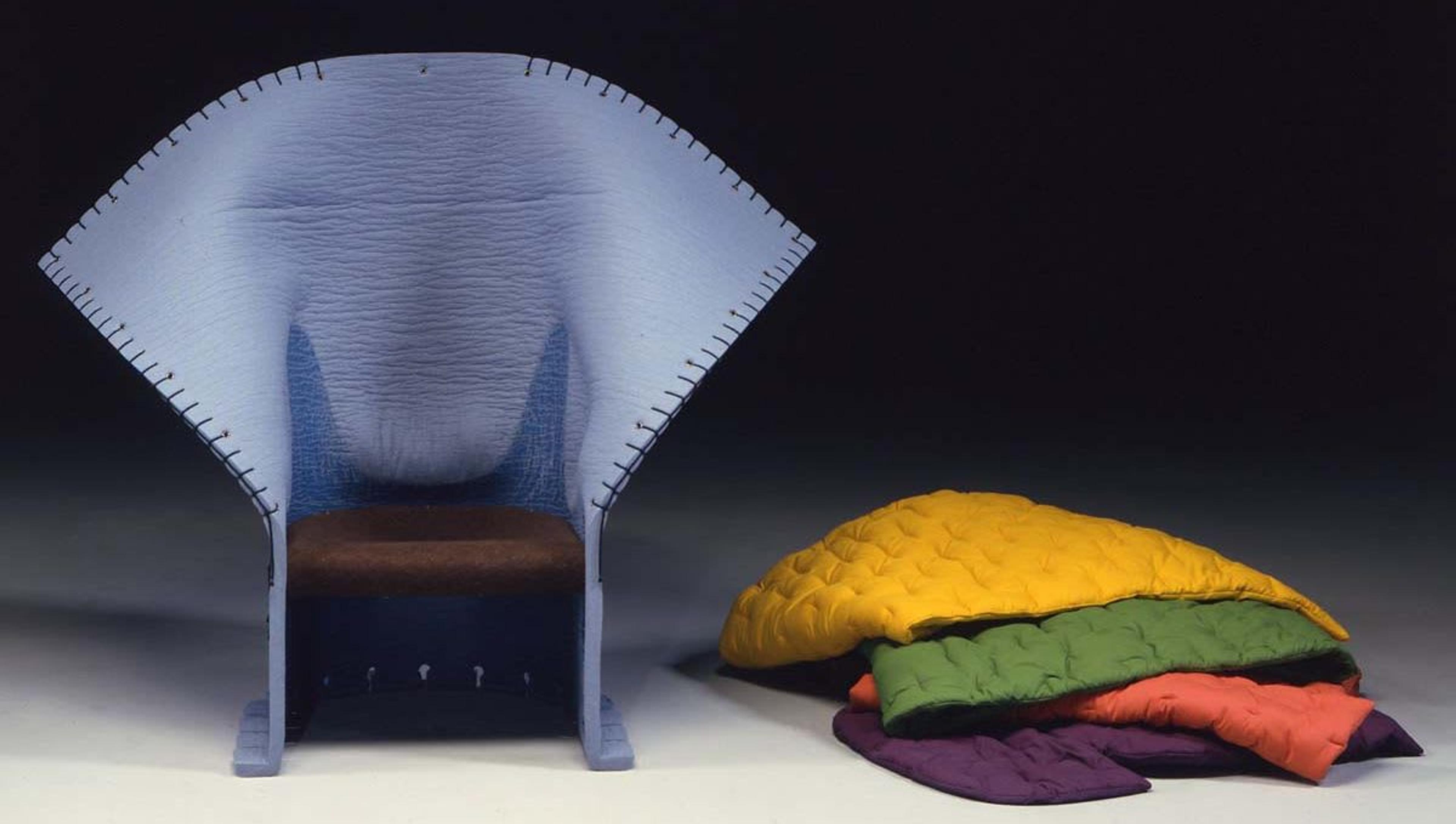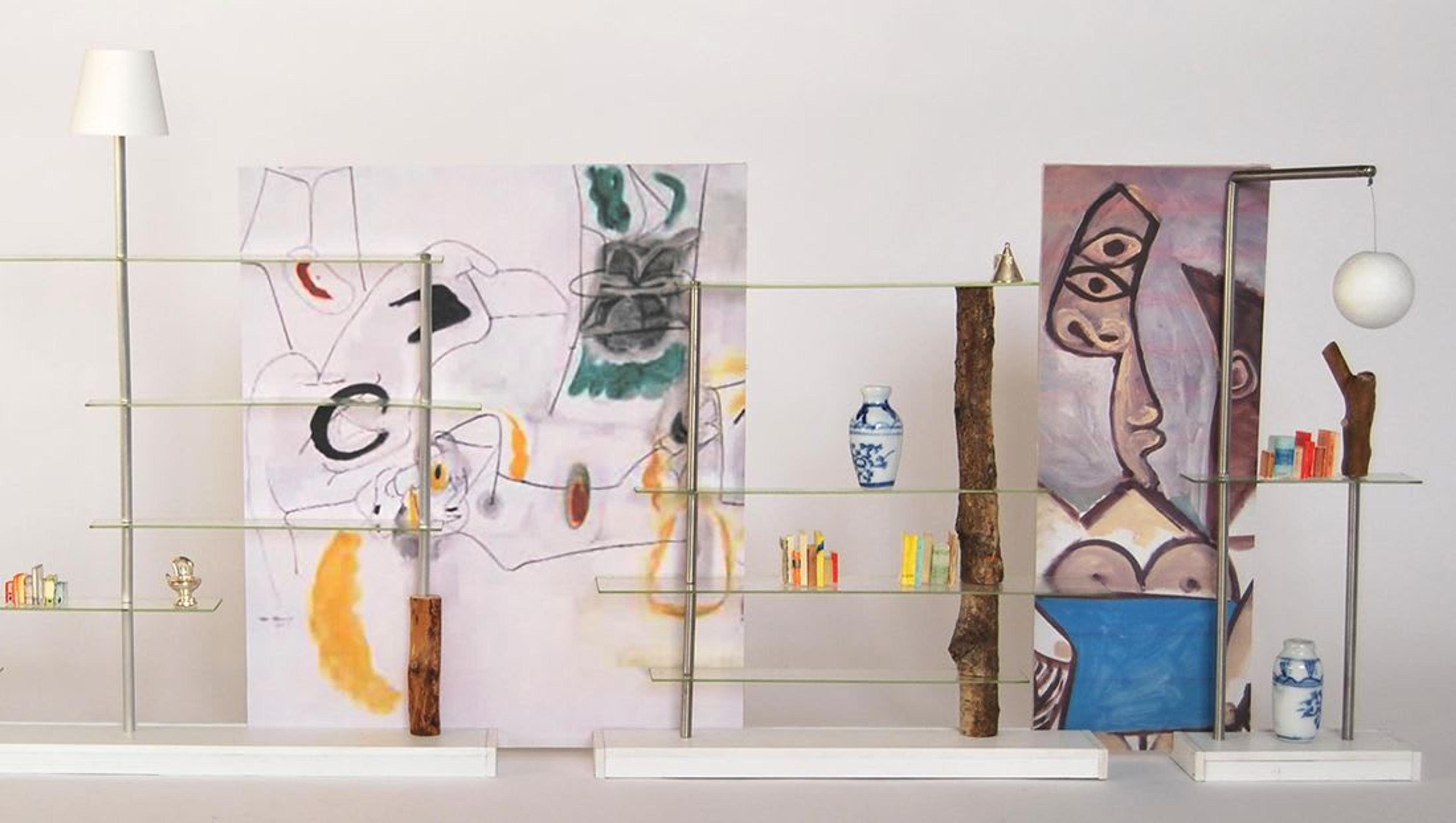
Design Icon: Gio Ponti
With a career spanning over six decades, Gio Ponti can be considered the pioneer of modern architecture and modern industrial design in Italy, with a diverse approach ranging from architecture, industrial design, art, to editorial publishing. His unlimited creativity is still a source of inspiration today for many designers worldwide.

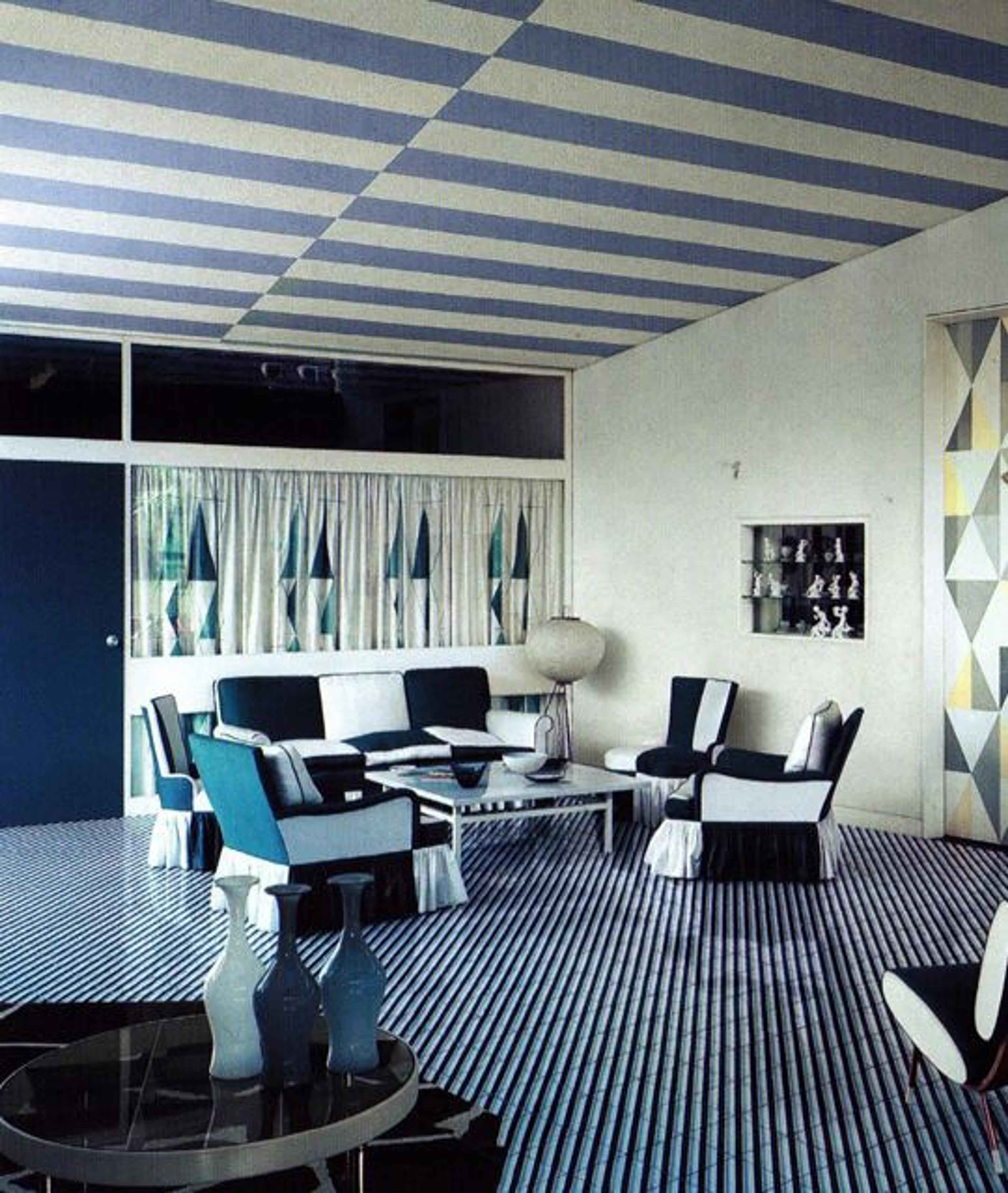
Gio Ponti, born in Milan in 1891, was a pioneering force in 20th-century architecture and design. After earning his degree at the Politecnico di Milano following World War I, Ponti quickly emerged as a visionary, seamlessly blending artistry and industry across disciplines.
His early work with ceramics brand Richard Ginori revolutionized industrial design, setting the tone for a career defined by innovation. In 1928, he co-founded Domus magazine, a platform that would shape global conversations around architecture and design for decades.
Ponti’s architectural legacy began in Milan and reached an international scale with his most iconic work—the Pirelli Tower, completed in 1958. Collaborating with engineers Pier Luigi Nervi and Arturo Danusso, Ponti redefined the skyscraper as an elegant, modern symbol of postwar optimism.
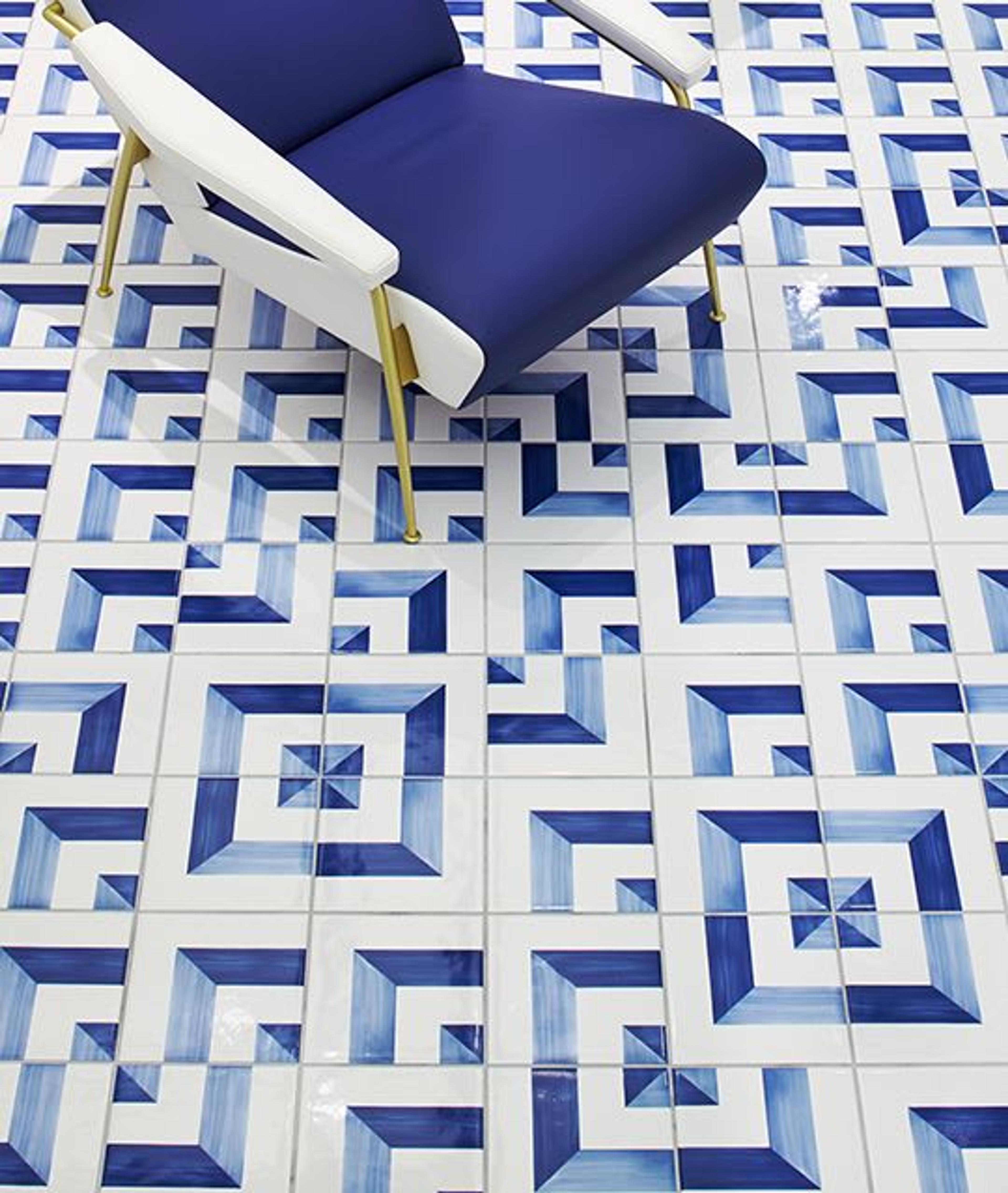
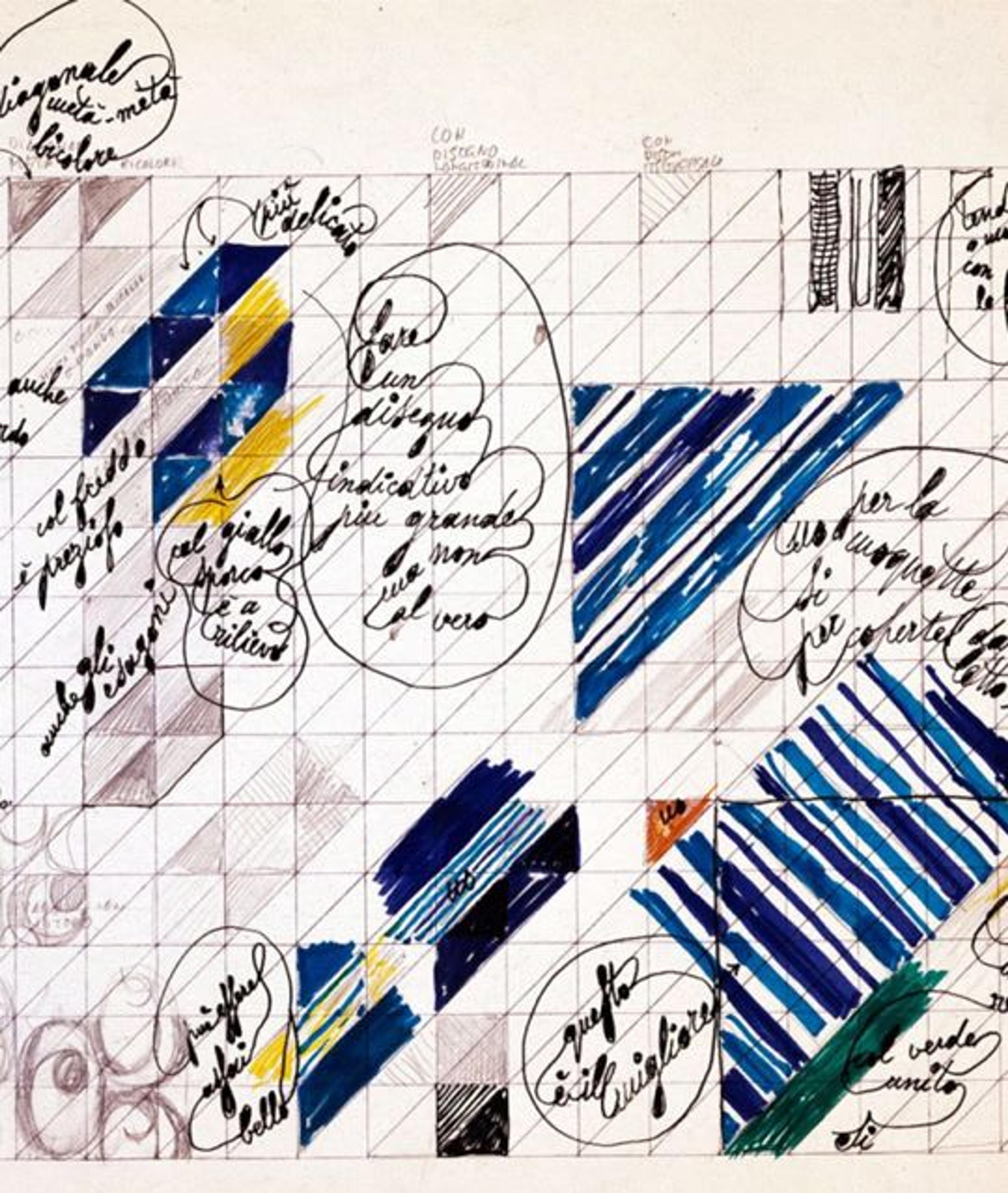
The most resistant element is not wood, is not stone, is not steel, is not glass. The most resistant element in building is art. Let’s make something very beautiful.
Throughout his career, Ponti defied categorization. He designed silverware for Christofle, glassware for Venini, the Bilia lamp for FontanaArte, and furniture for Poltrona Frau and Singer & Sons. His creative partnerships—with figures like Piero Fornasetti and Paolo De Poli—demonstrated his belief in cross-disciplinary exchange.
In the 1960s, he created Italy’s first design hotels—the Parco dei Principi in Sorrento and Rome—highlighting his mature aesthetic: geometric, light-filled, and deeply modern. Even into the 1970s, Ponti continued to shape the global design landscape with projects like the Denver Art Museum and the Cathedral of Taranto.
